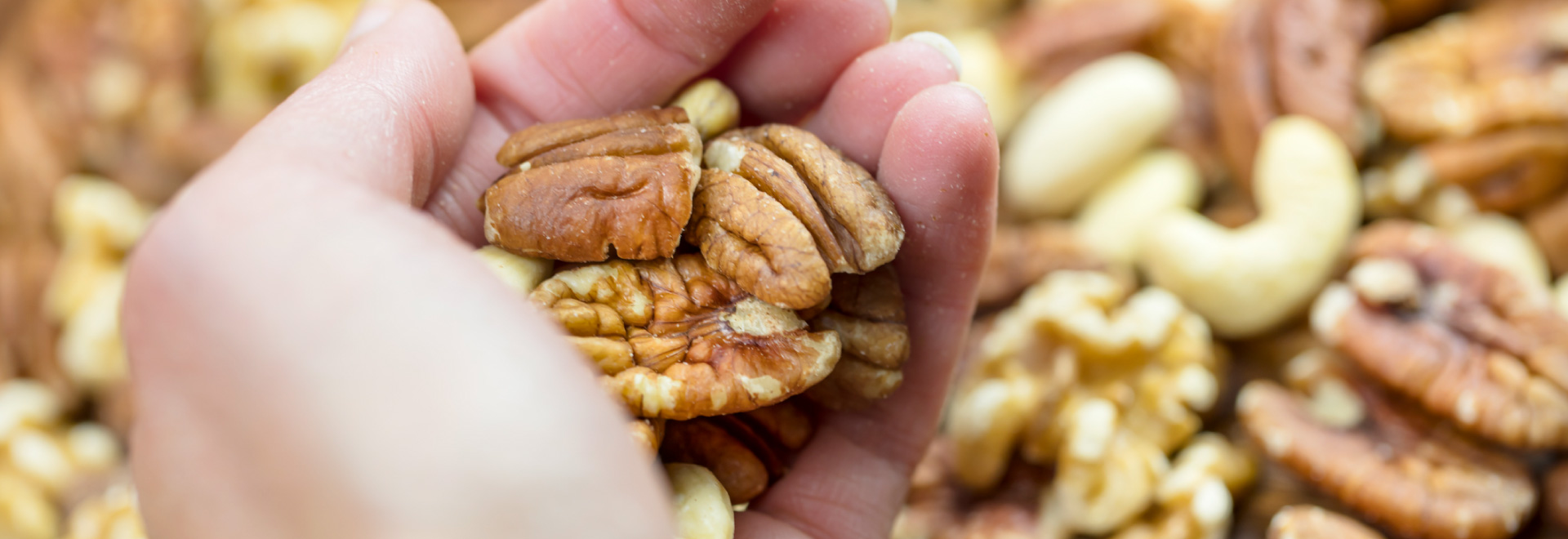The ancient Chinese belief, 以形補形 (literally, “to supplement the form with the form”) – which suggests that nourishing a body part by consuming its food lookalike – remains a popular belief. Common examples include eating pig’s feet to heal foot injuries or walnuts to improve brain functions. However, is there any scientific basis for these claims? Let’s examine this concept through a scientific lens.
Nourishing a body part by consuming its food lookalike?
It might or might not be true. The belief in “nourishing a body part by consuming its food lookalike” is supported by some nutritional evidence, such as the benefits of walnuts for brain health due to their vitamin B and E content. Vitamin B is vital for metabolism of sugar, proteins and fats, while vitamin E can prevent cells from ageing, improving brain functions and memory.
However, not all examples hold true. According to a registered Chinese medicine practitioner, while some believe that eating pig kidneys can nourish “kidney yang”, traditional Chinese medicine suggests that pig kidneys are “cold” in nature and may not have this effect. That means, consuming pig kidneys is unlikely to benefit patients with weak “kidney yang”. This highlights that while some ancient practices have merit, a one-size-fits-all approach to nutrition based on foods’ appearances is not always accurate. Let’s delve deeper into more examples to better understand the science behind these beliefs.
Example 1: Tomatoes and the Heart
There is a belief that tomatoes benefit heart health due to their heart-shaped appearance. In fact, such a claim is aligned with scientific facts: the abundance of lycopene in tomatoes can boost levels of high-density lipoprotein (HDL), or "good" cholesterol, maintaining our cardiovascular health. Other red or orange fruits and vegetables, such as beetroots, also contain lycopene and can contribute to heart health.
Example 2: Chicken or Pig Feet and Joints
Animal feet, though rich in collagen, contain primarily types of collagen that are less beneficial for joint health. They are also high in unhealthy fats, carbohydrates, and sodium. For a healthier option, consider foods like sea cucumbers, wood ear mushrooms, and seaweed. These, when combined with vegetables, can provide the necessary nutrients to support collagen synthesis.
Example 3: Chinese Celery and Bones
Chinese celery is said to be good for bone health as it resembles the human skeleton. This might seem true because this dark leafy green vegetable is a good source of calcium, essential for stronger bones. The fact is, however, Chinese celery is simply one of many dark leafy green vegetables that are rich in calcium and can contribute to stronger bones.
Example 4: Sweet Potatoes and the Pancreas
The pancreas is responsible for producing insulin. Those with diabetes often struggle to control their blood sugar levels due to insufficient insulin production. Some may believe that consuming sweet potatoes can help control diabetes. In truth, sweet potatoes are rich in fiber, which can help slow down the absorption of sugar into the bloodstream, making them a healthier alternative to rice. Excessive consumption, however, may lead to digestive discomfort such as bloating.
Consuming foods that resemble our body parts might contribute to our health, but this is not always the case. To create a personalized and effective dietary plan, it's recommended to consult with a registered nutritionist.
Our Cigna VHIS Series – Flexi Plan (Superior) not only offers tax deductions of up to HK$8,000, but also provides a variety of plan levels to choose from. This includes coverage for hospitalization and psychiatric treatment for individuals with mental health conditions. Whether it is the cost, coverage scope, or value-added services, this plan is designed to meet the needs of the budget-conscious, helping you maximize your savings. Click here to learn more.

